GHRP-2 (5mg x 5 | 5mg x 10) and Mod GRF 1-29 (CJC-1295 no DAC) (5mg x 5 | 5mg x 10)
SKU
$315.00 – $600.00
Buy GHRP-2 and Mod GRF 1-29 (CJC-1295 no DAC)
Peptide Combination Special
GHRP-2 (5mg x 5 Vials) and Mod GRF 1-29 (CJC-1295 no DAC) (5mg x 5 Vials) | GHRP-2 (5mg x 10 Vials) and Mod GRF 1-29 (CJC1295 no DAC) (5mg x 10 Vials)
Size: 5mg, 10mg
Contents: CJC-1295 NO DAC (Mod GRF 1-29) 5mg, GHRP-2 5mg
Form: Lyophilized powder
Purity: >99%
Discover the power of GHRP-2 and Mod GRF 1-29 (CJC-1295 no DAC) research product. Boost growth hormone levels naturally for enhanced results.
GHRP-2 and Mod GRF 1-29 (CJC-1295 no DAC) are synthetic peptide compounds that stimulate the release of growth hormone from the pituitary gland. They have been extensively studied for their potential therapeutic applications in fields such as aging, muscle wasting diseases, and obesity. With enhanced stability and resistance to enzymatic degradation, these peptides offer a longer half-life and increased effectiveness compared to natural growth hormone-releasing peptides. Both GHRP-2 and Mod GRF 1-29 (CJC-1295 no DAC) act on specific receptors to promote the secretion of growth hormone, making them valuable tools in non-human research for understanding growth hormone regulation.
Description
BUY GHRP-2 & MOD GRF 1-29 ( CJC-1295 NO DAC ) BLENDED PEPTIDE FOR SALE ONLINE
GHRP-2 (5mg x 5 Vials) and Mod GRF 1-29 (5mg x 5 Vials) | GHRP-2 (5mg x 10 Vials) and Mod GRF 1-29 (5mg x 10 Vials)
Introducing GHRP-2 and Mod GRF 1-29 (CJC-1295 no DAC), a groundbreaking research product that has shown remarkable potential. Studies have demonstrated the positive effects of these compounds in promoting growth hormone release and enhancing overall well-being. With their concise formulation, these products offer an exciting avenue for further exploration and advancement in the field of health and wellness.
GHRP-2 & Mod GRF 1-29 (CJC-1295 No DAC) Blend Peptide For Sale online only at USA Peptide Store where you can buy USA Research Peptides online. Shop over 100 research peptides online now for fast shipping and the best deal! Buy in bulk and Save! USA Peptide Store Your #1 Trusted USA Research Peptides Supplier.
If this product does not meet your needs or interests, you may want to look at GHRP-6 (5mg x 5 | 5mg x 10) and CJC-1295 DAC (5mg x 5 | 5mg x 10) and GHRP-2 Peptide 5mg & 10mg. Please visit this link for further information on our Peptide Blends and Others.
Mod GRF 1-29 & GHRP-2 Peptide Blend
GHRP-2 and Modified GRF 1-29 peptides are synthetic peptides developed with the intention to aid in synthesis, secretion, and regulation of growth hormone synthesis. These peptides appear to exert synergistic action when taken together as a blend.
GHRP-2 is a synthetic peptide that apparently activates the receptors for ghrelin. Ghrelin is a naturally occurring peptide containing 28 amino acids that is considered by scientists to regulate growth hormones, and increase appetite. This is why it is also referred to as ‘the hunger hormone.’ GHRP-2 appears to activate the ghrelin receptors in the pituitary gland, which are also called growth hormone secretagogue receptors, and thus may potentially stimulate growth hormone release. Thus, GHRP-2 has been characterized by researchers as a growth hormone secretagogue (GHS).
Modified GRF 1-29 (or Mod GRF 1-29) is a man-made peptide analog to the naturally occurring growth hormone-releasing hormones (GHRH). It is made of the first 29 amino acids of the native hormone, which appears sufficient for activating the GHRH receptors in the somatotroph cells in the anterior pituitary gland and triggering growth hormone release. Structurally similar to GRF 1-29, the peptide contains a chain of 29 amino acids and is slightly modified for proposed durability by substituting four of the amino acids in the original amino acid-chain. These modifications appear to enhance the pharmacokinetics of the peptide.
GHRP-2 and Mod GRF 1-29 have been studied for their individual potential to stimulate the somatotroph cells in the pituitary gland, possibly triggering the secretion of growth hormone.
Chemical Makeup
Molecular formula:
Modified GRF 1-29 peptide: C152H252N44O42
GHRP-2: C45H55N9O6
Molecular weight:
Modified GRF 1-29 peptide: 3367.9 g/mol
GHRP-2: 818.0 g/mol
Other known titles:
Modified GRF 1-29 peptide:
- CJC 1295 Without DAC
- Mod GRF (1-29)
GHRP-2:
- Pralmorelin
- Growth hormone-releasing peptide-2
Research and Clinical Studies
Modified GRF 1-29 & GHRP-2 Peptide Blend and Tolerability
Research studies in animal models have conducted to understand the various potential actions of GHSs such as GHRP-2. According to researchers, the presentation of the peptides in both guinea pigs and rabbits did not result in any serious or profound action on the tested experimental models. The only reported change was seen was an increase in the motility rate of the isolated ileum of rabbits and increased muscle contractions in the isolated ileum of the guinea pigs.
No other impacts were observed on the kidneys, respiratory, gastric, and blood systems. As per Furuta S et al., these results suggest that the peptide “has no serious general pharmacological effects at dose levels showing GH-releasing activity in the experimental animals. Therefore, it is concluded that the peptide [may be useful in] diagnosing serious GH deficiency and treating short stature.” (
Modified GRF 1-29 & GHRP-2 Peptide Blend and Appetite
Due to its potential to activate the ghrelin receptors not just in the pituitary gland but also in other areas, GHRP-2 is considered the likely compound for inducing hunger and appetite increase in this peptide blend. A clinical trial was carried out in which seven test subjects were observed. The subjects in the trial were divided into two groups – one experimental peptide group and a placebo (saline) group receiving each of the compounds for approximately 5 hours.
After peptide presentation, all subjects were taken to buffet-style meals to measure their food intake. The peptide group were reported to have consumed approximately 35% more food measured in kilocalories than the saline group, with each subject exhibiting increased appetite when measured against their body weight. Moreover, the concentration of growth hormone also appeared to increase significantly in the peptide test subjects. These results indicate a possibility that one of the additional actions of the peptide blend may be increased food intake and appetite, particularly due to the presence of GHRP-2.
General Research in Growth Hormone Secretagogues (GSHs), Growth Hormone Releasing Peptides (GHRPs)
A literature review aimed to evaluate the potential impacts of growth hormone secretagogues (GSHs) such as GHRP-2. As part of some of the studies included in the review, subjects were monitored for physiological changes after being presented with the peptide. The results suggested that these peptides appeared to yield an increased growth rate in younger subjects, with increased appetite, and increased lean mass in mature subjects. In obese test subjects, these peptides appeared to stimulate a reduction in bone turnover, increased lean mass, and improved sleep cycle. The researchers stated that these peptides appear to “increase lean body mass, reduce fat mass, increase exercise tolerance and maximum oxygen uptake, enhance muscle strength, and improve linear growth.”
Modified GRF 1-29 & GHRP-2 Peptide Blend and Growth Hormone Deficiency
Since 2000, several clinical studies have been conducted on test models of growth hormone deficiency. Models presented with the GHRP-2 peptide stimulating growth hormone release indicated that this peptide might produce action in two ways, including (i) possibly stimulating the pituitary gland to release growth hormones and (ii) acting on the arcuate nucleus of the hypothalamus. While GHRP-2 appears to yield high concentrations of growth hormone, it remains to be seen how its action is exerted. In addition, these studies suggested that these peptides may impact food intake and sleep cycle via receptor-specific agonist actions.
In another GHRP-2 study focusing on young test subjects, six growth hormone-deficient subjects facing growth failure were presented with different concentrations of the peptide for eight months. All subjects were monitored for any significant rise in growth hormone levels and toxicity levels during this period. Throughout the study, there appeared to be a steep rise in the levels of growth hormones in all subjects for the duration of the study and a little time after. As per V Mericq et al., the study suggested that the peptide was “well tolerated and [may] stimulate GH secretion.”
Modified GRF 1-29 & GHRP-2 Peptide Blend and Hormones
In one clinical study, the primary objective was to understand the impact of GHRP-2 presentation on growth hormones, cortisol, prolactin, and adrenocorticotropic hormone (ACTH) levels in male test subjects. All subjects were divided into two groups based on their age – the first group had six mature subjects aged between 22 and 27 years, and the second group had 6 mature subjects aged between 66 and 73 years. Both groups were presented with GHRP-2.
While the growth hormone levels increased in both groups, the younger group was observed to have a significant increase compared to the elderly subjects. It also appeared to stimulate increased levels of ACTH and cortisol hormones and a mild increase in prolactin levels. The results supported the hypothesis that the peptide may have profound hormonal secretion capabilities in both mature and young male test subjects.
Modified GRF 1-29 & GHRP-2 Peptide Blend and the GHRH receptors
While GHRP-2 appears to function by binding to the GHS-R1a receptor, often referred to as the growth hormone secretagogue receptor type 1a, Mod GRF 1-29 appears to promote growth hormone release by potentially engaging with the GHRH receptors located on the somatrophs of the anterior pituitary gland. Upon binding to these receptors, Mod 1-29 appears to potentially trigger a series of intracellular signals. A notable pathway that gets activated is the adenylyl cyclase pathway, which might lead to the transformation of ATP (adenosine triphosphate) into cAMP (cyclic adenosine monophosphate).
The subsequent increase in cAMP levels seems to stimulate protein kinase A (PKA), possibly resulting in the phosphorylation of specific proteins, such as the voltage-dependent calcium channels on the cellular membrane. The opening of these channels might allow calcium ions to flow into the somatotropic cells. This surge in intracellular calcium seems to encourage the secretory vesicles within these cells to discharge growth hormone into the bloodstream. Researchers have suggested that Mod GRF 1-29, through these cellular processes, may aid in the release and production of growth hormone upon interaction with GHRH receptors.
Modified GRF 1-29 & GHRP-2 Peptide Blend and the Insulin-like Growth Factor-1 (IGF-1)
A comprehensive review of the literature suggests that both the GHRH-mimetics like Mod GRF-1 and the GHS GHRP-2 may upregulate growth hormone levels and consecutively its main anabolic mediator IGF-1. The researchers comment that the unmodified version of Mod GRF-1 may apparently boost mean growth hormone levels by 82% in research conditions, as indicated by area under the curve (AUC) measurements. The growth hormone concentrations appeared elevated for about two hours after the intervention.
Other trials have also suggested a potential 64% increase in mean growth hormone levels as measured by AUC, and the increase appeared greater in studies conducted in the evening, compared to those conducted in the morning. This apparent increase in growth hormone levels has also been suggested to occur in modified versions of GRF 1-29 which closely resemble Mod GRF-1 and have been posited to reach 70-107% increase in growth hormone levels measured by AUC. This potentially translates to a significant increase in IGF-1 levels of 27-28%.
Another trial covered in the aforementioned review also suggested that the combination of unmodified Mod GRF 1-29 and GHSs like GHRP-2 might result in whopping 65% increase in IGF-1 levels.
Modified GRF 1-29 & GHRP-2 Peptide Blend and Synergistic Potential
As mentioned, both Mod GRF 1-29 and GHRP-2 appear to stimulate the release of growth hormone. The available research suggests that GHRP-2 may lead to a 47-fold increase in pulsatile growth hormone secretion. Unfortunately, there is a lack of experiments revealing how much exactly Mod GRF 1-29 may upregulate growth hormone synthesis. Yet trials on another GHRH-mimetic, more specifically the non-truncated and unmodified version of Mod GRF 1-29 which has shorter half life, appear to lead to a 20-fold increase in pulsatile growth hormone secretion.
It has been hypothesized that the combination of such GHRH-mimetics and the secretagogue GHRP-2 may potentially exhibit synergistic potential in regards to their apparent stimulation of growth hormone secretion. Notably, when combining GHRH and GHRP-2, the blend was observed to induce a 54-fold increase in pulsatile GH secretion compared to controls, suggesting a synergistic potential.
1. What is GHRP-2 and Mod GRF 1-29 (CJC-1295 no DAC)?
GHRP-2
GHRP-2, or Growth Hormone Releasing Peptide 2, is a synthetic peptide compound that belongs to the growth hormone secretagogue class. It consists of six amino acids and functions by stimulating the release of growth hormone from the pituitary gland.
GHRP-2 has been extensively studied in non-human research for its potential therapeutic applications in various fields such as aging, muscle wasting diseases, and obesity. The chemical structure of GHRP-2 includes a D-amino acid substitution at position 2, which enhances its stability and resistance to enzymatic degradation.
This modification allows for a longer half-life and increased effectiveness compared to natural growth hormone-releasing peptides. GHRP-2 acts on the ghrelin receptor, specifically targeting the growth hormone-releasing hormone (GHRH) receptor to promote the secretion of growth hormone.
Mod GRF 1-29 (CJC-1295 no DAC)
Mod GRF 1-29, also known as CJC-1295 no DAC, is a peptide compound derived from growth hormone-releasing hormone (GHRH). It consists of 29 amino acids and is designed to enhance the release of growth hormone from the pituitary gland. The “no DAC” designation refers to the absence of a drug affinity complex (DAC), which further extends its half-life. The chemical structure of Mod GRF 1-29 includes modifications at positions 8, 15, and 27 to increase its stability and resistance to enzymatic degradation.
These modifications allow for prolonged activity in the body, resulting in sustained levels of growth hormone release. Mod GRF 1-29 acts on the GHRH receptor, stimulating the secretion of growth hormone and promoting various physiological effects.
Both GHRP-2 and Mod GRF 1-29 (CJC-1295 no DAC) are widely used in non-human research to investigate their potential therapeutic applications and mechanisms of action related to growth hormone regulation. Their unique chemical structures and properties make them valuable tools for studying the complex pathways involved in growth hormone release and its physiological effects.
2. How Does GHRP-2 and Mod GRF 1-29 (CJC-1295 no DAC) Work?
Mechanism of Action
GHRP-2 works by binding to the ghrelin receptor, which is primarily expressed in the hypothalamus and pituitary gland. This binding activates a signaling cascade that leads to an increase in intracellular calcium levels, resulting in the release of growth hormone from somatotroph cells in the pituitary gland. GHRP-2 also inhibits somatostatin release, a hormone that suppresses growth hormone secretion. These combined actions lead to an overall increase in circulating levels of growth hormone.
Mod GRF 1-29 (CJC-1295 no DAC), on the other hand, acts as an analog of naturally occurring GHRH. It binds to the GHRH receptor on somatotroph cells in the pituitary gland, activating adenylate cyclase and increasing intracellular cyclic adenosine monophosphate (cAMP) levels.
This signaling pathway stimulates the synthesis and release of growth hormones from these cells. Both compounds work synergistically to enhance growth hormone release by targeting different receptors within the hypothalamus-pituitary axis. The combination of GHRP-2’s direct stimulation of ghrelin receptors and Mod GRF 1-29’s activation of GHRH receptors results in a potent increase in growth hormone secretion.
3. GHRP-2 and Mod GRF 1-29 (CJC-1295 no DAC) Benefits
Increased Growth Hormone Release
One of the primary benefits observed with the use of GHRP-2 and Mod GRF 1-29 (CJC-1295 no DAC) in non-human research is their ability to significantly increase growth hormone release. By targeting different receptors involved in growth hormone regulation, these compounds work synergistically to stimulate the synthesis and secretion of growth hormone from the pituitary gland. This enhanced release can have various physiological effects on metabolism, muscle growth, and overall well-being.
Enhanced Muscle Growth
Research studies have shown that GHRP-2 and Mod GRF 1-29 (CJC-1295 no DAC) can promote muscle growth and improve muscle mass in non-human subjects. Growth hormone plays a crucial role in stimulating protein synthesis and inhibiting protein breakdown, leading to increased muscle tissue formation. By increasing the levels of circulating growth hormone, these peptides may enhance muscle hypertrophy and strength.
Potential Anti-Aging Effects
GHRP-2 and Mod GRF 1-29 (CJC-1295 no DAC) have also been investigated for their potential anti-aging effects. As we age, natural levels of growth hormone decline, which can contribute to various age-related changes such as decreased muscle mass, increased body fat, reduced bone density, and impaired cognitive function.
By stimulating growth hormone release, these peptides may help counteract some of these age-related effects and promote healthy aging. Overall, the potential benefits of GHRP-2 and Mod GRF 1-29 (CJC-1295 no DAC) in non-human research studies highlight their potential as therapeutic agents for various conditions related to growth hormone deficiency or dysregulation. However, it is important to note that further research is needed to fully understand their efficacy and safety in human subjects.
4. GHRP-2 and Mod GRF 1-29 (CJC-1295 no DAC) Side Effects
GHRP-2 and Mod GRF 1-29 (CJC-1295 no DAC) are peptide compounds that have gained popularity in the field of research for their potential benefits in various areas. However, like any other compound, they also come with certain side effects that need to be taken into consideration.
Possible Side Effects
While GHRP-2 and Mod GRF 1-29 (CJC-1295 no DAC) are generally well-tolerated, some individuals may experience side effects. These side effects can vary from person to person and may include:
1. Increased hunger: GHRP-2 is known to stimulate appetite, which can lead to increased food intake. This can be a desirable effect for individuals looking to gain weight or increase muscle mass but may not be ideal for those aiming for weight loss.
2. Water retention: Both GHRP-2 and Mod GRF 1-29 (CJC-1295 no DAC) have the potential to cause water retention in some individuals. This can result in temporary bloating or swelling, especially in the extremities.
3. Injection site reactions: As these compounds are typically administered via subcutaneous injections, there is a possibility of experiencing injection site reactions such as redness, swelling, or discomfort at the injection site. These reactions are usually mild and resolve on their own.
4. Fluctuations in blood sugar levels: GHRP-2 has been reported to affect blood sugar levels by increasing insulin resistance. Individuals with diabetes or pre-existing blood sugar issues should exercise caution when using these compounds and closely monitor their blood glucose levels.
Precautions and Recommendations
To minimize the risk of side effects, it is important to follow proper dosing guidelines and consult with a healthcare professional before starting any research involving GHRP-2 and Mod GRF 1-29 (CJC-1295 no DAC). Additionally, individuals with underlying medical conditions or those taking medications should inform their healthcare provider about the use of these compounds.
It is also worth noting that the side effects mentioned above are based on anecdotal reports and individual experiences. Further research is needed to fully understand the potential side effects and long-term safety profile of GHRP-2 and Mod GRF 1-29 (CJC-1295 no DAC). While GHRP-2 and Mod GRF 1-29 (CJC-1295 no DAC) offer promising research possibilities, it is crucial to be aware of the potential side effects associated with their use.
Taking necessary precautions, following recommended dosages, and seeking professional guidance can help mitigate any risks involved in their research applications.
5. Advantages of GHRP-2 and Mod GRF 1-29 (CJC-1295 no DAC)
GHRP-2 and Mod GRF 1-29 (CJC-1295 no DAC) are peptide compounds that have gained attention in the field of research due to their potential advantages. These compounds have been found to stimulate the release of growth hormones, which can have several benefits.
Increased muscle mass
One of the main advantages of GHRP-2 and Mod GRF 1-29 is their ability to promote muscle growth. Research has shown that these compounds can increase protein synthesis, leading to an increase in muscle mass. This can be particularly beneficial for individuals looking to enhance their athletic performance or recover from injuries.
Improved fat loss
In addition to promoting muscle growth, GHRP-2 and Mod GRF 1-29 have also been found to aid in fat loss. These compounds can increase lipolysis, the breakdown of fats, leading to a reduction in body fat percentage. This makes them potentially useful for individuals looking to achieve a leaner physique.
Enhanced recovery
GHRP-2 and Mod GRF 1-29 have been shown to accelerate the recovery process after intense physical activity or injury. These compounds can help reduce inflammation and promote tissue repair, allowing individuals to recover faster and get back to their training or daily activities more quickly.
Improved sleep quality
Research has suggested that GHRP-2 and Mod GRF 1-29 may also improve sleep quality. These compounds can enhance deep sleep, which is essential for optimal recovery and overall well-being. By improving sleep quality, individuals may experience increased energy levels, improved mood, and better cognitive function.
In summary, the advantages of GHRP-2 and Mod GRF 1-29 (CJC-1295 no DAC) include increased muscle mass, improved fat loss, enhanced recovery, and improved sleep quality. These compounds have the potential to be valuable tools in various research areas related to muscle growth, fat loss, and overall well-being.
6. GHRP-2 and Mod GRF 1-29 (CJC-1295 no DAC) Research Topics
GHRP-2 and Mod GRF 1-29 (CJC-1295 no DAC) are peptide compounds that have been the subject of numerous research studies. These studies have explored various topics related to the effects and applications of these compounds. Some of the key research topics include:
Effects on muscle growth
One prominent research topic is investigating the effects of GHRP-2 and Mod GRF 1-29 on muscle growth. Studies have examined how these compounds can stimulate protein synthesis and promote muscle hypertrophy. Researchers aim to understand the underlying mechanisms involved in muscle growth stimulation by these peptides.
Fat loss mechanisms
Another area of interest is exploring the mechanisms through which GHRP-2 and Mod GRF 1-29 contribute to fat loss. Researchers investigate how these compounds increase lipolysis and enhance metabolic rate, leading to a reduction in body fat percentage. Understanding these mechanisms can potentially lead to the development of new strategies for weight management.
Recovery from injuries
GHRP-2 and Mod GRF 1-29 have shown promise in promoting tissue repair and accelerating recovery from injuries. Research focuses on understanding how these peptides modulate inflammation, stimulate collagen synthesis, and enhance the healing process. This knowledge can have implications for improving rehabilitation protocols and enhancing recovery outcomes.
Optimizing dosing protocols
Researchers also investigate the optimal dosing protocols for GHRP-2 and Mod GRF 1-29 to maximize their benefits while minimizing potential side effects. Studies aim to determine the most effective dosage, frequency, and duration of administration for different research purposes. This information can help guide future studies and potentially optimize the use of these compounds in various applications.
In conclusion, research on GHRP-2 and Mod GRF 1-29 (CJC-1295 no DAC) covers a range of topics including muscle growth, fat loss mechanisms, injury recovery, and dosing optimization. These research areas contribute to a better understanding of the potential applications and benefits of these peptide compounds.
7. Future Research Directions for GHRP-2 and Mod GRF 1-29 (CJC-1295 no DAC)
The study of GHRP-2 and Mod GRF 1-29 (CJC-1295 no DAC) is an evolving field with several potential future research directions. As researchers continue to explore the effects and applications of these peptide compounds, some key areas for future investigation include:
Long-term safety profile
While current research suggests that GHRP-2 and Mod GRF 1-29 are generally well-tolerated, further studies are needed to establish their long-term safety profile. Future research could focus on conducting comprehensive clinical trials to assess any potential adverse effects or risks associated with prolonged use of these compounds.
Combination therapies
Exploring the potential synergistic effects of combining GHRP-2 or Mod GRF 1-29 with other compounds is another promising research direction. Researchers could investigate the effects of combining these peptides with other growth factors, hormones, or performance-enhancing substances to determine if there are any additive or synergistic benefits.
Specific populations
Future research could also focus on studying the effects of GHRP-2 and Mod GRF 1-29 in specific populations, such as older adults or individuals with certain medical conditions. Understanding how these compounds affect different age groups or individuals with specific health concerns can provide valuable insights for potential therapeutic applications.
Mechanisms of action
Further investigation into the underlying mechanisms of action of GHRP-2 and Mod GRF 1-29 is essential for a deeper understanding of their effects. Future research could employ advanced techniques, such as molecular biology and proteomics, to elucidate the signaling pathways and cellular processes involved in the actions of these peptides.
In summary, future research directions for GHRP-2 and Mod GRF 1-29 (CJC-1295 no DAC) include assessing long-term safety, exploring combination therapies, studying specific populations, and investigating the detailed mechanisms of action. Continued research in these areas will contribute to a more comprehensive understanding of these peptide compounds and their potential applications.
8. GHRP-2 and Mod GRF 1-29 (CJC-1295 no DAC) Before and After in Research
GHRP-2 and Mod GRF 1-29 (CJC-1295 no DAC) have been extensively studied in various research settings to assess their effects before and after administration. These studies aim to evaluate the changes induced by these peptide compounds on different physiological parameters. Some notable findings observed before and after using GHRP-2 and Mod GRF 1-29 include:
Increase in growth hormone levels
One of the primary effects observed after administration of GHRP-2 and Mod GRF 1-29 is a significant increase in growth hormone levels. Research has consistently shown that these peptides can stimulate the release of growth hormone from the pituitary gland, leading to higher circulating levels. This increase in growth hormone can have various physiological effects.
Promotion of muscle protein synthesis
Studies have demonstrated that GHRP-2 and Mod GRF 1-29 can enhance muscle protein synthesis, resulting in increased muscle mass. Before administration, baseline measurements of muscle protein synthesis are taken. After using these peptides, researchers observed a significant upregulation in the rate of protein synthesis, indicating their anabolic effects on skeletal muscle.
Reduction in body fat percentage
GHRP-2 and Mod GRF 1-29 have also been found to contribute to a reduction in body fat percentage. Before treatment, participants’ body composition is assessed using methods such as dual-energy X-ray absorptiometry (DEXA) or skinfold thickness measurements. After peptide administration, researchers observed a decrease in body fat percentage due to increased lipolysis and improved metabolic rate.
Improved exercise performance
Research has shown that GHRP-2 and Mod GRF 1-29 can enhance exercise performance parameters before and after administration. These peptides have been found to improve endurance, strength, and recovery time between workouts. Measurements such as maximal oxygen consumption (VO2 max), muscular strength tests, and fatigue resistance assessments are conducted to evaluate the impact of these compounds on exercise performance.
In conclusion, research on GHRP-2 and Mod GRF 1-29 (CJC-1295 no DAC) before and after administration has revealed significant effects on growth hormone levels, muscle protein synthesis, body fat percentage, and exercise performance. These findings provide valuable insights into the physiological changes induced by these peptide compounds.
9. GHRP-2 and Mod GRF 1-29 (CJC-1295 no DAC) Cycle for Research
When conducting research involving GHRP-2 and Mod GRF 1-29 (CJC-1295 no DAC), it is important to establish appropriate cycles for administering these peptide compounds. A research cycle refers to a predetermined duration of use followed by a period of rest or washout. The specific cycle length may vary depending on the research objectives and individual factors. Here are some considerations for designing a GHRP-2 and Mod GRF 1-29 research cycle:
Dosing frequency
The dosing frequency of GHRP-2 and Mod GRF 1-29 can vary depending on the desired outcomes and individual response. Typical dosing protocols involve multiple daily administrations, with each compound administered separately or in combination. Researchers may choose to administer these peptides once or twice daily, aiming for consistent exposure throughout the research cycle.
Cycle duration
The duration of a GHRP-2 and Mod GRF 1-29 research cycle can range from several weeks to several months. The length of the cycle should be determined based on the specific research goals, potential side effects, and individual responses. It is important to balance the need for sufficient exposure to observe desired effects with considerations for safety and minimizing any potential adverse reactions.
Rest periods
In between research cycles, it is recommended to include rest periods or washout periods. These rest periods allow the body to recover and minimize the potential for desensitization or tolerance to the effects of GHRP-2 and Mod GRF 1-29. The duration of rest periods can vary but is typically at least as long as the research cycle itself.
Monitoring and adjustments
Throughout the research cycle, it is important to closely monitor participants’ responses and adjust dosing if necessary. Regular assessments of growth hormone levels, body composition, exercise performance, and any potential side effects can help guide adjustments to dosing protocols or cycle durations.
In summary, designing a GHRP-2 and Mod GRF 1-29 research cycle involves considerations such as dosing frequency, cycle duration, rest periods, and monitoring for adjustments. Adhering to appropriate cycles allows researchers to optimize exposure while minimizing potential risks and ensuring reliable data collection.
10. Best GHRP-2 and Mod GRF 1-29 (CJC-1295 no DAC) Results in Research
GHRP-2 and Mod GRF 1-29 (CJC-1295 no DAC) have shown promising results in various research studies. These peptide compounds have been found to produce several notable effects that are relevant to different areas of research. Some of the best results observed in research involving GHRP-2 and Mod GRF 1-29 include:
Significant increase in growth hormone levels
One of the most significant results observed is a substantial increase in growth hormone levels after administration of GHRP-2 and Mod GRF 1-29. Research consistently demonstrates that these peptides effectively stimulate the release of growth hormone from the pituitary gland, leading to higher circulating levels. This increase in growth hormone has various physiological effects that can be beneficial in research settings.
Promotion of muscle growth
GHRP-2 and Mod GRF 1-29 have been found to promote muscle growth and increase muscle mass. These peptides stimulate protein synthesis, leading to an anabolic effect on skeletal muscle. Research has shown significant increases in lean body mass and improvements in muscle strength and performance after administration of these compounds.
Reduction in body fat percentage
Another notable result observed in research is a reduction in body fat percentage following the use of GHRP-2 and Mod GRF 1-29. These peptides enhance lipolysis, the breakdown of fats, leading to a decrease in body fat accumulation. Studies have reported significant reductions in body fat percentage and improvements in overall body composition after peptide administration.
Enhanced recovery from injuries
GHRP-2 and Mod GRF 1-29 have also demonstrated positive effects on recovery from injuries or intense physical activity. These peptides can accelerate tissue repair, reduce inflammation, and improve overall recovery outcomes. Research has shown faster healing times, reduced pain, and improved functional outcomes after using these compounds.
In summary, the best results observed in research involving GHRP-2 and Mod GRF 1-29 include a significant increase in growth hormone levels, promotion of muscle growth, reduction in body fat percentage, and enhanced recovery from injuries. These findings highlight the potential benefits of these peptide compounds for various research applications.
11. Where to Buy GHRP-2 and Mod GRF 1-29 (CJC-1295 no DAC)?
When looking to purchase GHRP-2 and Mod GRF 1-29 (CJC-1295 no DAC) for research purposes, it is important to ensure that you are obtaining high-quality products from reputable sources. Here are some options for where to buy these peptide compounds:
Specialized research chemical suppliers
There are specialized research chemical suppliers that provide a range of peptides, including GHRP-2 and Mod GRF 1-29. These suppliers often cater to the needs of researchers and offer products that meet quality standards. It is essential to choose a reputable supplier with good reviews and a track record of providing reliable products.
Pharmaceutical companies
Some pharmaceutical companies may produce GHRP-2 and Mod GRF 1-29 (CJC-1295 no DAC) for research purposes. These companies adhere to strict quality control measures and can provide peptides that meet regulatory standards. However, purchasing directly from pharmaceutical companies may require appropriate licenses or collaborations with academic institutions.
Research institutions or universities
In some cases, research institutions or universities may have their own peptide synthesis facilities or collaborations with trusted suppliers
12. GHRP-2 and Mod GRF 1-29 (CJC-1295 no DAC) for Sale
Benefits of GHRP-2 and Mod GRF 1-29
GHRP-2 and Mod GRF 1-29, also known as CJC-1295 no DAC, are two peptides that have gained popularity in the fitness and bodybuilding community. These peptides offer a range of benefits for those looking to enhance their physical performance and overall well-being. One of the key benefits of GHRP-2 is its ability to stimulate the release of growth hormones in the body.
This can lead to increased muscle mass, improved recovery time, and enhanced fat burning. Additionally, GHRP-2 has been shown to have positive effects on sleep quality, skin health, and immune function. Mod GRF 1-29, on the other hand, works synergistically with GHRP-2 to amplify its effects. It acts as a growth hormone-releasing hormone (GHRH) analog and stimulates the pituitary gland to produce more growth hormone.
This combination can further enhance muscle growth, improve strength and endurance, and promote overall vitality.
How to Use GHRP-2 and Mod GRF 1-29
When it comes to using GHRP-2 and Mod GRF 1-29 for maximum benefit, it is important to follow proper dosing protocols. These peptides are typically administered through subcutaneous injections. The recommended dosage for GHRP-2 is around 100mcg per injection, two to three times a day.
It is best taken on an empty stomach or at least 30 minutes before meals. For optimal results, it is advisable to use GHRP-2 in conjunction with Mod GRF 1-29. Mod GRF 1-29 is usually dosed at around 100mcg per injection, two to three times a day as well.
It is important to note that both peptides should be used in cycles, with periods of usage followed by breaks to prevent desensitization of the receptors.
Where to Buy GHRP-2 and Mod GRF 1-29
If you are looking to buy GHRP-2 and Mod GRF 1-29 (CJC-1295 no DAC), it is important to ensure that you are purchasing from a reputable source. Due to their popularity, there are many counterfeit or low-quality products on the market.
When searching for a reliable supplier, look for one that offers third-party testing and provides transparent information about the purity and potency of their peptides. Additionally, read customer reviews and testimonials to gauge the reputation of the supplier. It is also worth considering consulting with a healthcare professional or an experienced peptide user who can provide guidance on dosage, usage protocols, and potential side effects. This will help ensure that you are using GHRP-2 and Mod GRF 1-29 safely and effectively.
GHRP-2 and Mod GRF 1-29 (CJC-1295 no DAC) offer numerous benefits for those seeking improved physical performance and overall well-being. By following proper dosing protocols and purchasing from a reputable source, you can experience the potential advantages these peptides have to offer.
Overall, the research on GHRP-2 and Mod GRF 1-29 (CJC-1295 no DAC) has demonstrated promising results. Studies have shown that these compounds can effectively stimulate growth hormone release, leading to potential benefits such as increased muscle mass, improved recovery, and enhanced fat loss.
Additionally, their synergistic effects make them a compelling combination for individuals seeking performance enhancement or anti-aging interventions. With further research and understanding, GHRP-2 and Mod GRF 1-29 could potentially revolutionize the field of growth hormone therapy.
Buy GHRP-2 and Mod GRF 1-29 from USA Peptide Store
Frequently Asked Questions About GHRP-2 and Mod GRF 1-29 (CJC-1295 no DAC) Peptides
How much weight can you lose on CJC-1295?
CJC 1295, a peptide, can increase the secretion of Growth Hormone (GH) by the anterior pituitary when administered through subcutaneous injection or as a cream. When combined with healthy eating habits and lifestyle changes at the Sand Institute, clients can lose between 60 to 75 pounds through peptide therapy.
Does CJC-1295 increase muscle mass?
Ipamorelin and CJC 1295 are commonly used in combination to promote muscle growth. This combination works by elevating the hormone levels associated with growth, resulting in increased muscle mass and strength, reduced body fat, faster recovery from injuries, and even improved sleep quality and cognitive function.
What are the results of GHRP-2 and CJC-1295?
GHRP-2 and CJC-1295 have been studied in various animal models and have demonstrated positive impacts on muscle growth and increased muscle cell numbers, improved heart function, and enhanced immune system response. Additionally, both peptides have been found to lower blood sugar levels and promote the growth of lean body mass while reducing fat accumulation.
Does GHRP-2 burn fat?
Seremorelin is a synthetic hormone that stimulates the release of growth hormones in the body. It is made up of 29 amino acids and is similar to a natural hormone called growth hormone-releasing hormone (GHRH). Another hormone called GHRP-2 is also a growth hormone releaser and acts as an appetite suppressant, helping with weight loss. GHRP-2 specifically targets fat in the belly and breaks it down through a process called lipolysis.
What is CJC-1295 without DAC Modified GRF 1-29?
Modified GRF (1-29), also known as ModGRF(1-29) or CJC-1295 without DAC, is a synthetic version of the natural hormone Growth Hormone Releasing Hormone (GHRH). GHRH is a peptide-signaling hormone with a chain structure of 44 amino acids.
What is the difference between CJC-1295 with and without DAC?
CJC-1295 without DAC, CJC-1295 + DAC, and CJC-1295 (also referred to as Modified GRF 1-29) all belong to a group of Growth Hormone Releasing Hormones (GHRH). They have the same effect on the human body, but the main distinction between these peptides is the duration of their half-life.
Buy Wholesale GHRP-2 & Mod GRF 1-29 (CJC-1295 No DAC) Blend From USA Peptide Store
At USA Peptide Store, our research peptides are of the highest purity and pharmaceutical grade. Our GHRP-2 & Mod GRF 1-29 (CJC-1295 No DAC) Blend Peptide comes in 5mg blend (GHRP-2 (5mg x 5 Vials|5mg x 10 vials) and Mod GRF 1-29 CJC-1295 No DAC (5mg x 5 Vials|5mg x 10 vials). We’re passionate about our products, and we always strive to provide our customers with the best in both selection and quality. All of the products we provide are tested to verify authenticity and purity, so you can conduct your research with confidence.
Searching for GHRP-2 & Mod GRF 1-29 (CJC-1295 No DAC) Blend Peptide for sale? Look no further! Our online peptide store offers a wide range of GHRP-2 & Mod GRF 1-29 (CJC-1295 No DAC) Blend Peptide, perfect for your research needs. Whether you’re in the United States, Australia, Canada, Germany, Sweden, France, Turkey, Thailand, Italy, Netherlands or the United Kingdom, we have you covered. We provide fast and secure shipping to multiple countries, ensuring that you receive your order conveniently and on time. Purchase GHRP-2 & Mod GRF 1-29 (CJC-1295 No DAC) Blend Peptide that are now available for sale and in stock. With our competitive prices and extensive inventory, you can trust us to be your reliable source for GHRP-2 (5mg x 5 | 5mg x 10) and Mod GRF 1-29 (CJC-1295 no DAC) (5mg x 5 | 5mg x 10).
Want to learn more about our products or have a question about payment options? Our customer service team is here to help. So, what are you waiting for? order GHRP-2 & Mod GRF 1-29 (CJC-1295 No DAC) Blended Peptide For Sale and experience first-hand quality service, prompt response and quick shipping. Stock up on the highest quality GHRP-2 & Mod GRF 1-29 (CJC-1295 No DAC) Blend Peptide For Sale and more at USA Peptide Store today.
Additional Information
| Vial Combination | 10 Vial Combination |
|---|---|
| Quantity | GHRP-2 (5mg x 5 Vials) and Mod GRF 1-29 (CJC-1295 no DAC) (5mg x 5 Vials), GHRP-2 (5mg x 10 Vials) and Mod GRF 1-29 (CJC1295 no DAC) (5mg x 10 Vials) |

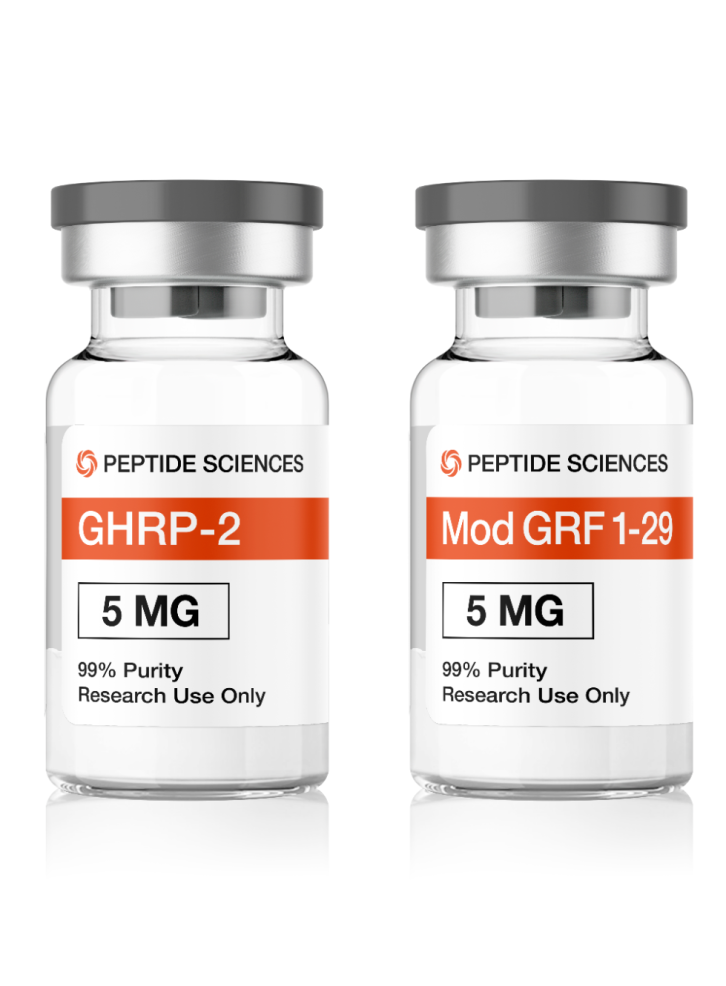
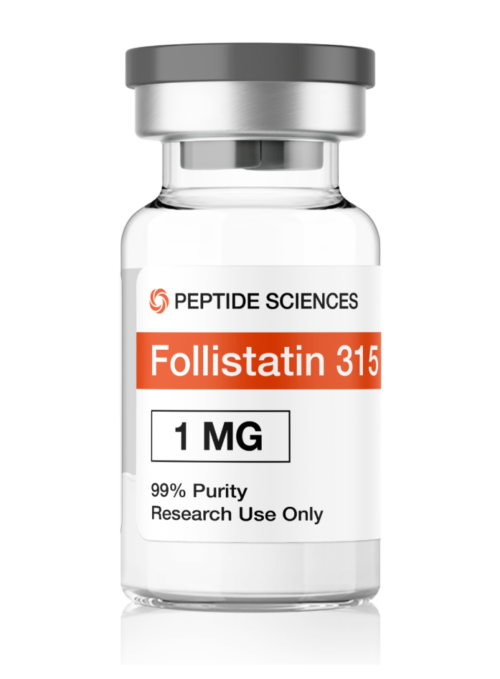
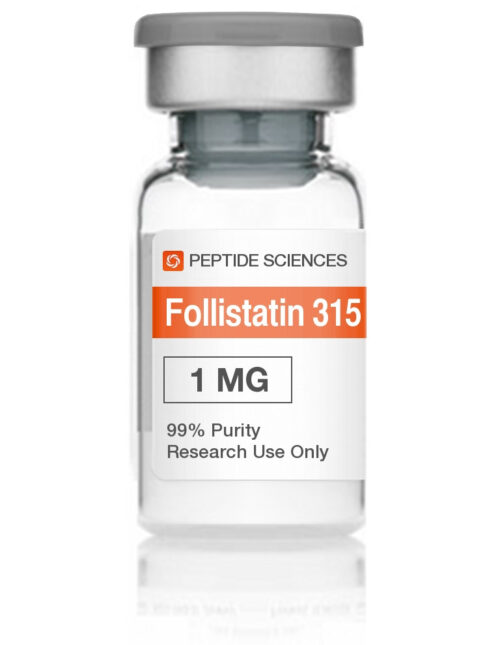
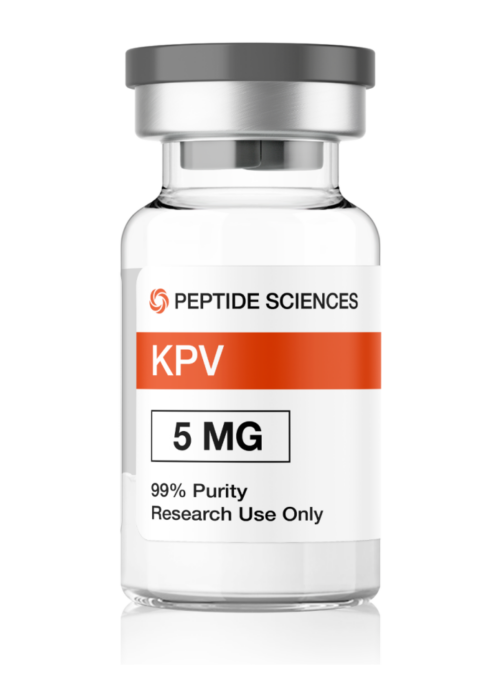
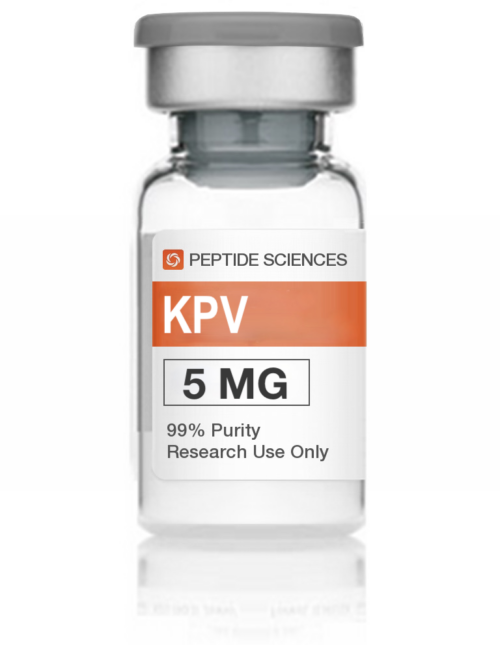
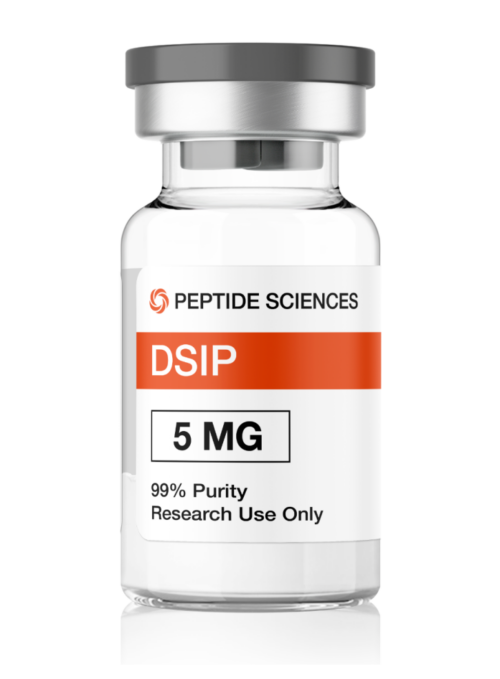
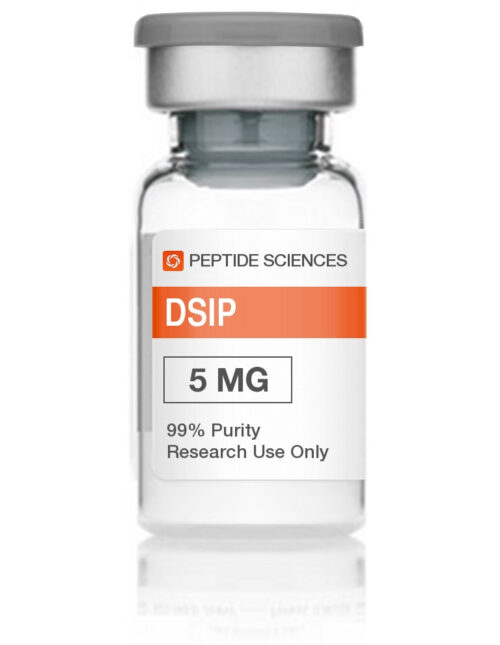
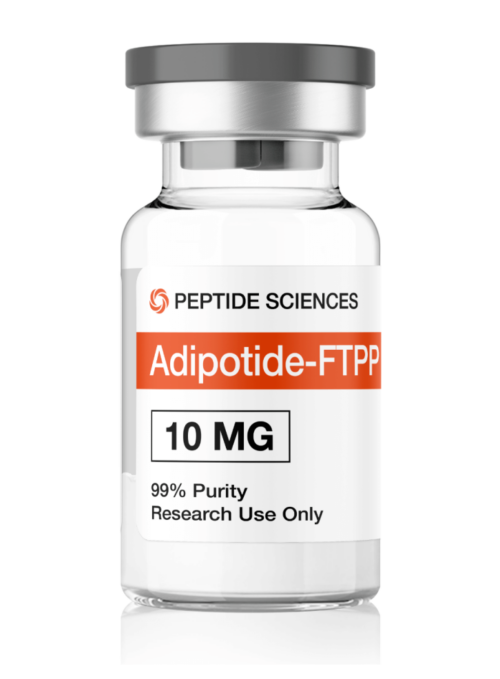
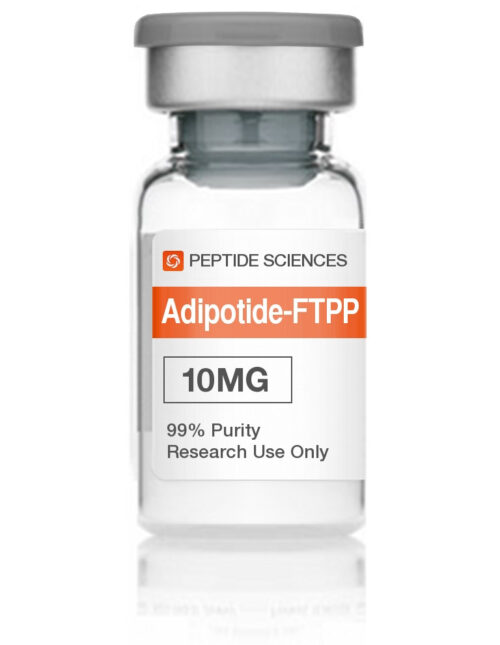
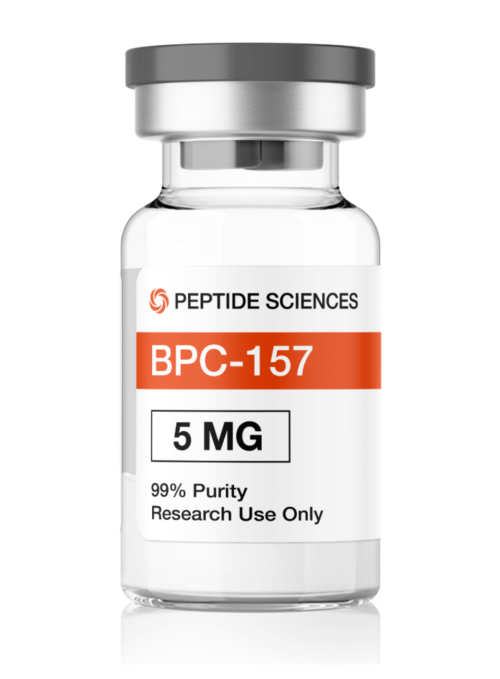
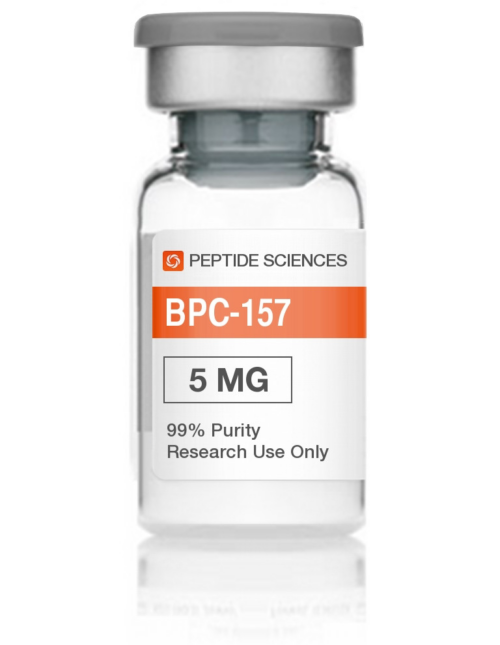
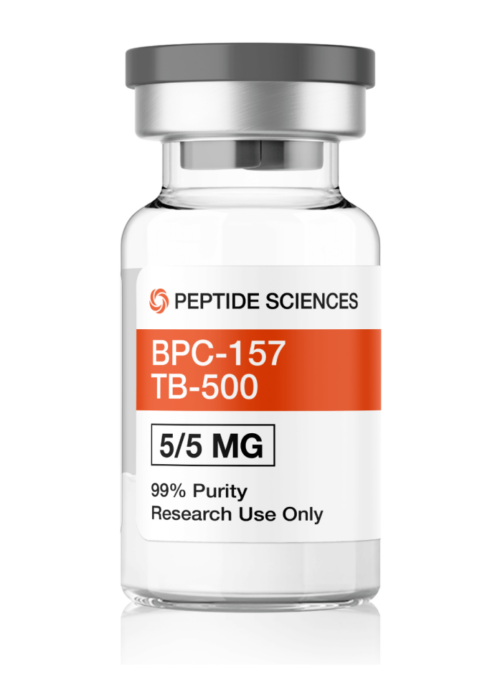
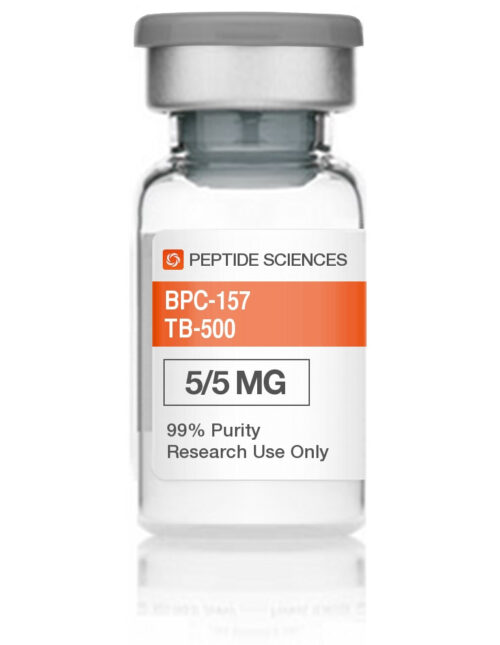
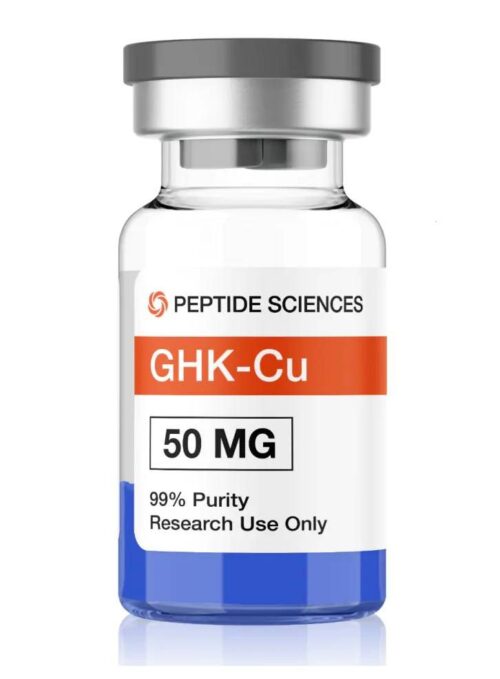
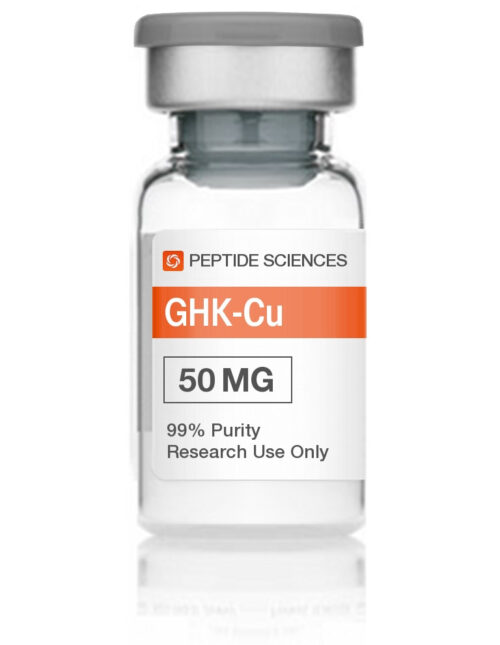
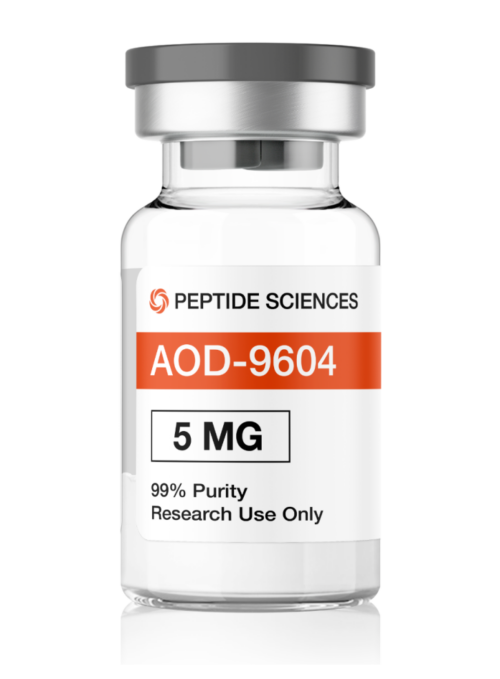
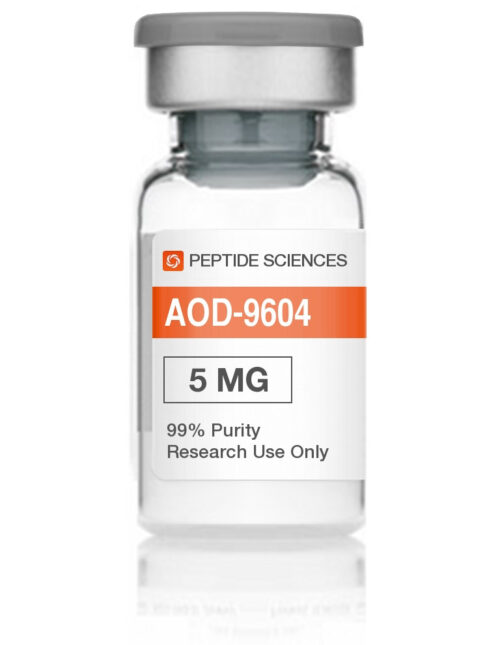

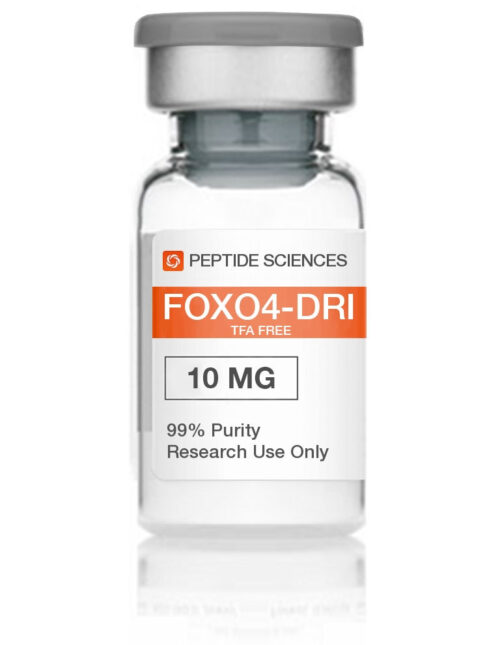
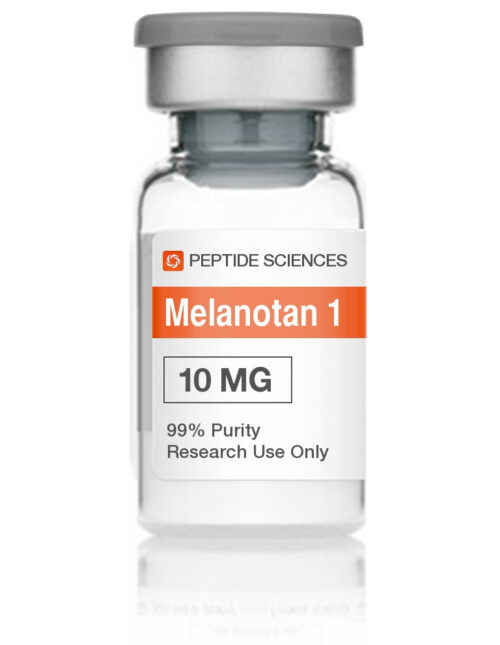
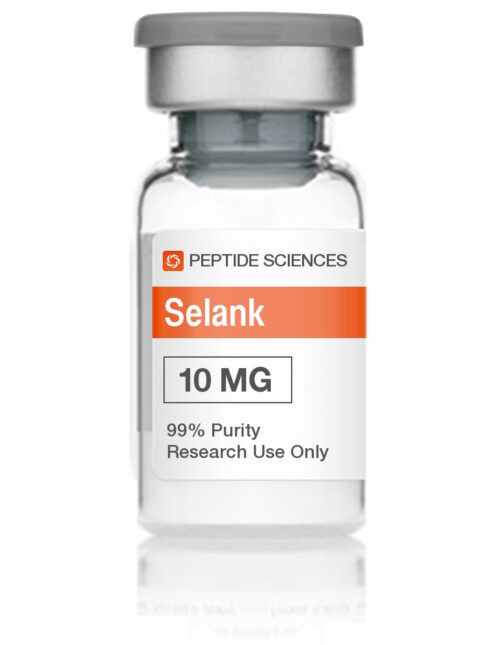
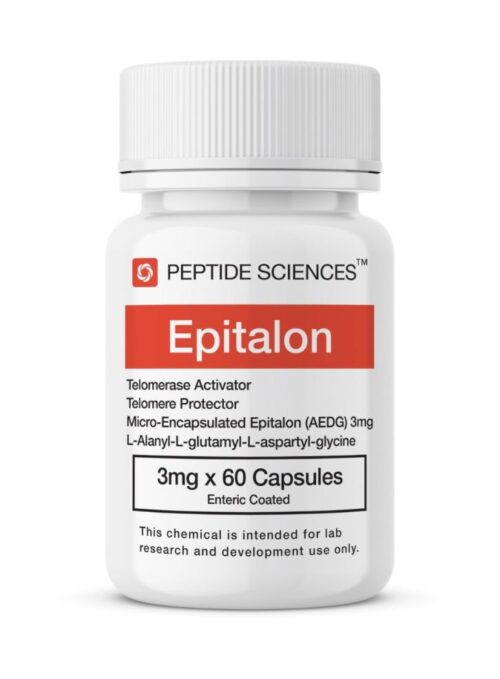

Reviews
There are no reviews yet.